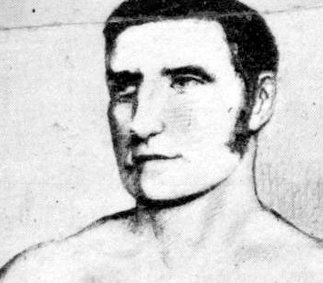|
|
|

|
|
A real long time ago King Nebuchadnezzar II invaded Jerusalem and took three young men back to Babylon.
Their names were Shadrach, Meshach and Abednego.
Shadrach, Meshach and Abednego weren’t too pleased about it, they refused to eat the Kings meat, or worship his statue and that made Nebuchadnezzar unhappy.
So unhappy in fact that he ordered the three to be put to death by being thrown alive into a furnace he had made especially hot for them.
So hot that the guards ordered to throw the three in died from the heat.
But the flames didn’t harm them.
Amazed, Nebuchadnezzar looked into the furnace and saw not 3, but four figures walking around unconcerned and untouched by the flames.
The three men walked out of the furnace, their clothes intact and not even smelling of smoke.
Nebuchadnezzar recognized that something miraculous had happened and promoted the three young men to senior positions in his government.
We never find out who, or what the fourth figure he saw walking round with them was.
Much later on, in Nottingham, in 1811 a mother gave birth to triplets and gave them each one of them a middle name after the three young men saved from the fiery furnace.
One of them was William Abednego Thompson.
William became a celebrated bareknuckle boxer.
He was fast, threw a tough punch and could duck and weave his way around the ring so they called him Bendy, and eventually Abednego became Bendigo.
Bendigo had an undefeated career as a boxer and in retirement became a lay preacher – delivering God’s message plainly and bluntly in outdoor sermons throughout England.
The country turned out to farewell Bendigo when he eventually died on 23 August 1880.
Meanwhile, before the Gold Rush, in the area where the City of Bendigo stands today, there lived a squatter who was also fancied himself as a boxer, and whose style was reminiscent of Bendy’s.
The area where he ran his sheep became known as “Bendigo’s Creek”.
Bendigo in 1852 became the setting for the second biggest gold rush ever, after California in 1849.
The rush saw scenes such as the “potato diggings” where miners would work the soil over to a spade’s depth bouncing the dirt on their shovels, waiting to hear the clunk of a fist sized gold nugget against the steel.
At the peak of the gold rush two tonnes of gold a week passed through the Melbourne Treasury.
As Bendigo became a wealthy town from the gold, twice they tried to change its name, to Sandhurst, and to Castlereigh, but too late.
The name of Bendigo had stuck.
Our logo celebrates Bendigo – the famous boxer, his namesake town born in the Gold Rush that wouldn’t change its name, the miraculous survivor in Babylon, the forgotten pioneer and home to our brewery.
Like beer, Bendigo’s been with us all along.
Ageless and primordial, part of us.
|
|









